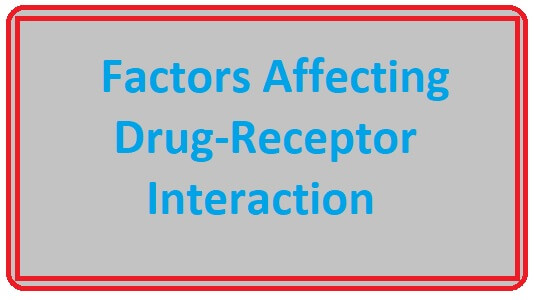The drug receptor interaction may be affected by :
Isosterism : Isosteres are groups of atoms having identical physical or chemical properties of a molecule due to resemblance in size, electronegativity, or stereochemistry, and presence of these groups in molecules is known as isosterism.
For example, N2 and CO, both have 14 total electrons and no charges and show same physical properties. In sulphonamides, the replacement of atoms or groups with various isosters, other analogues are developed.
Steric Features of a Drug : It is the stereoselective property of a drug to initiate a response at a particular receptor.
For example, trans-diethylstilbestrol is oestrogenic while cis-isomer is almost inactive.
Optical Isomerism : Enantiomers, asymmetry, and chirality are important properties of a chemical entity that give better receptor interaction with that chemical agent. Although each enantiomer has some physical and chemical properties, they may act in different ways and in different sites to produce variable pharmacological action.
Drug Receptor Interaction Theories
For explaining drug-receptor interaction various theories had been proposed time to time :
- Occupation theory,
- Rate theory,
- Induced-fit theory of enzymes,
- Macromolecular perturbation theory, and
- Activation-aggregation theory.
| Read More Topics |
| Plasma protein binding of drug |
| Factors affecting drug distribution |
| Introduction and nature of drugs |
| Definition of pharmacology in pharmacy |






